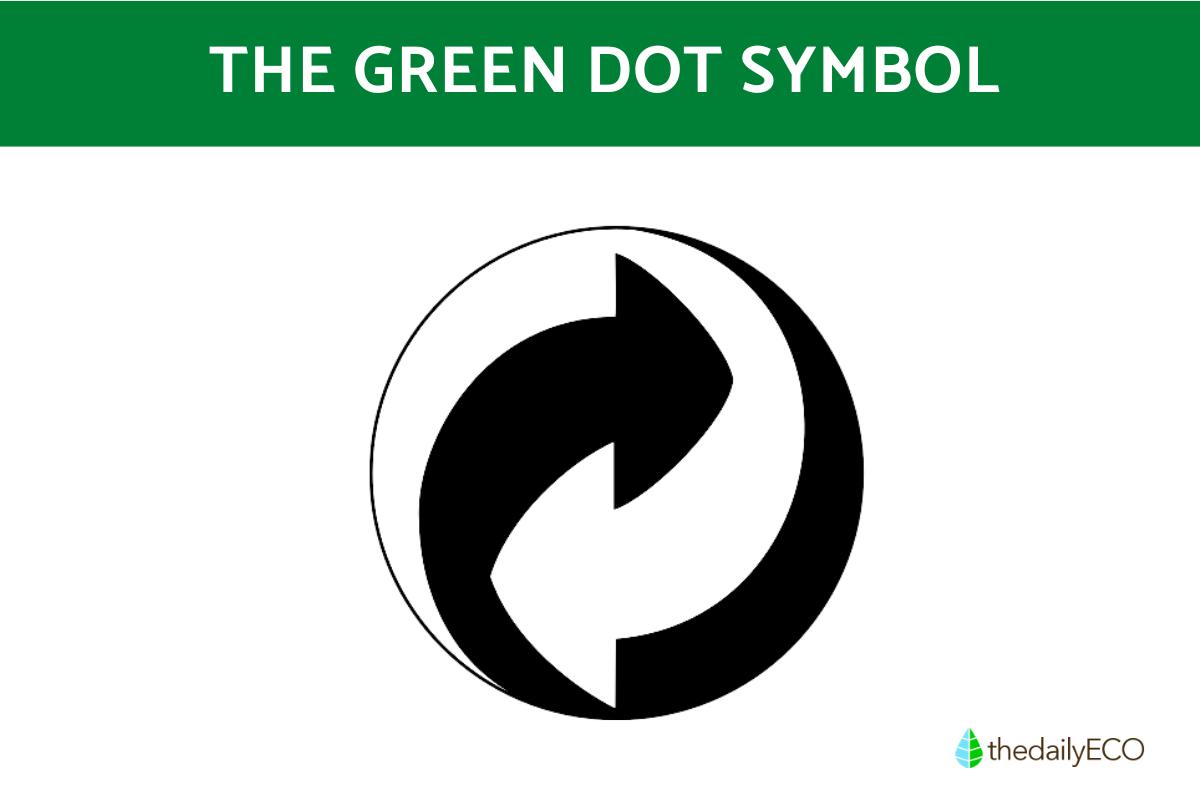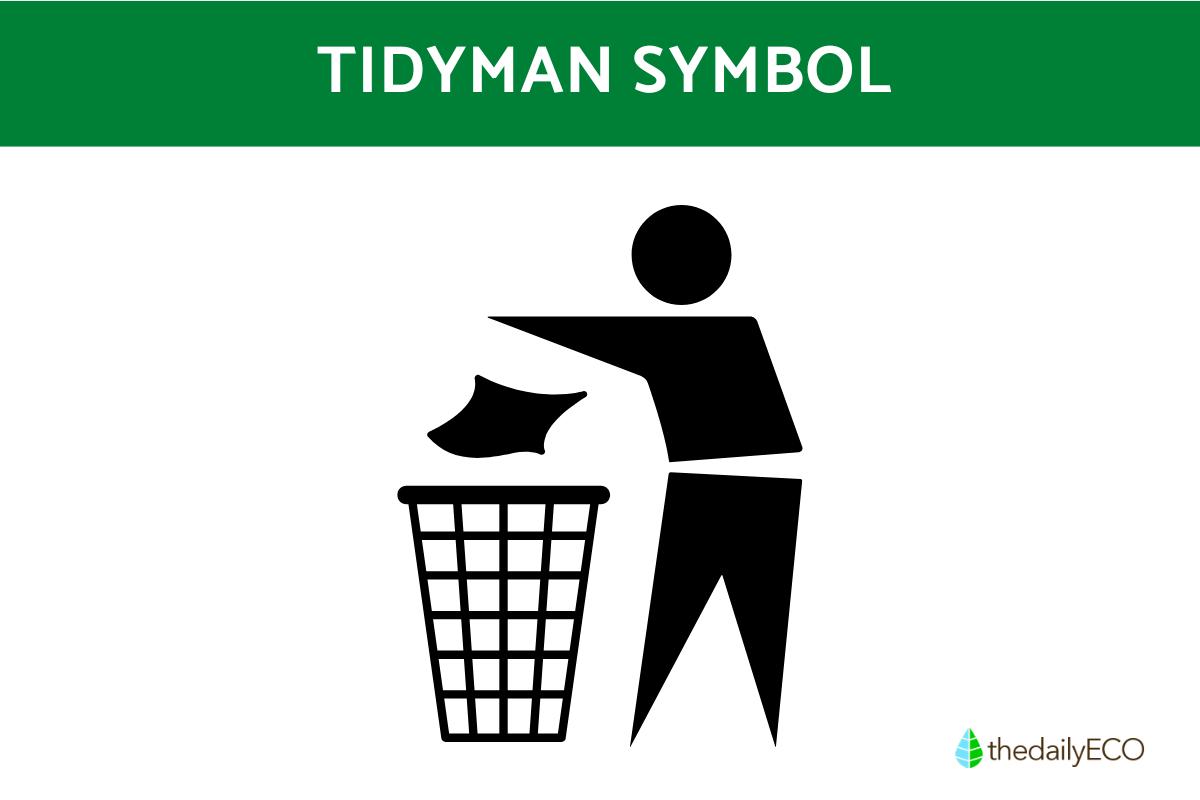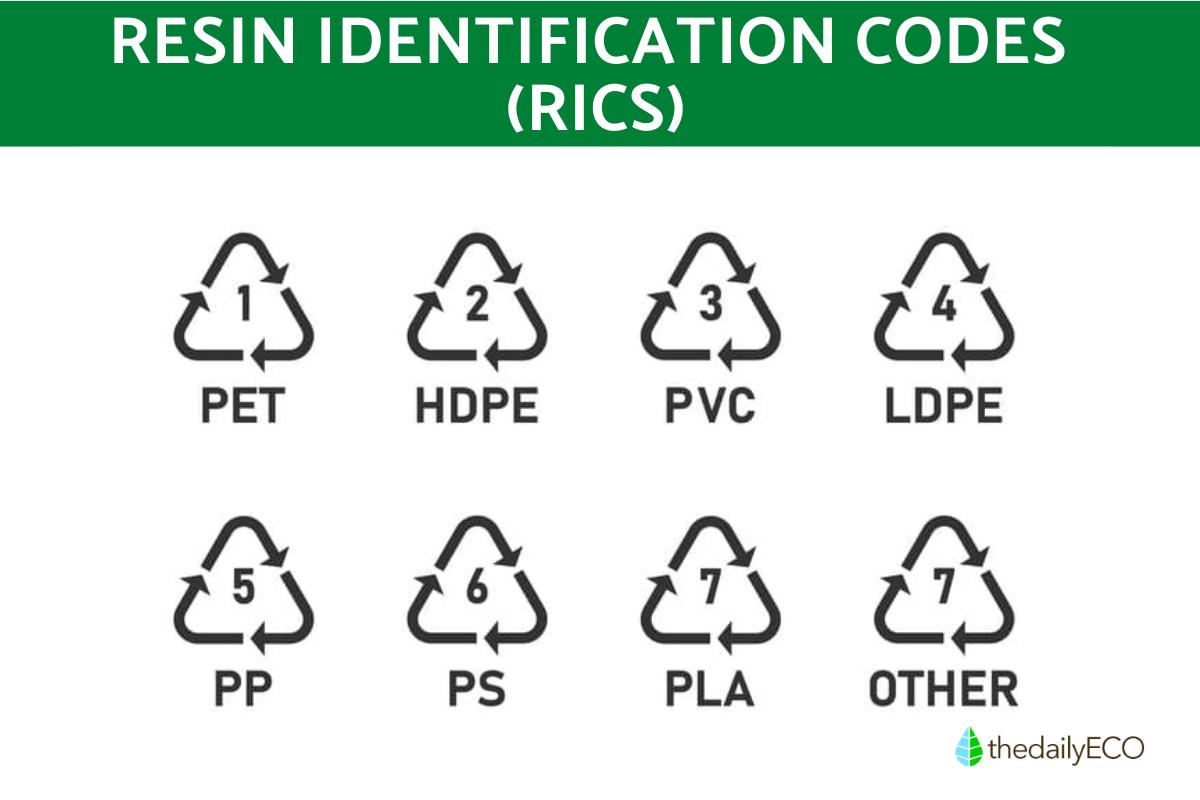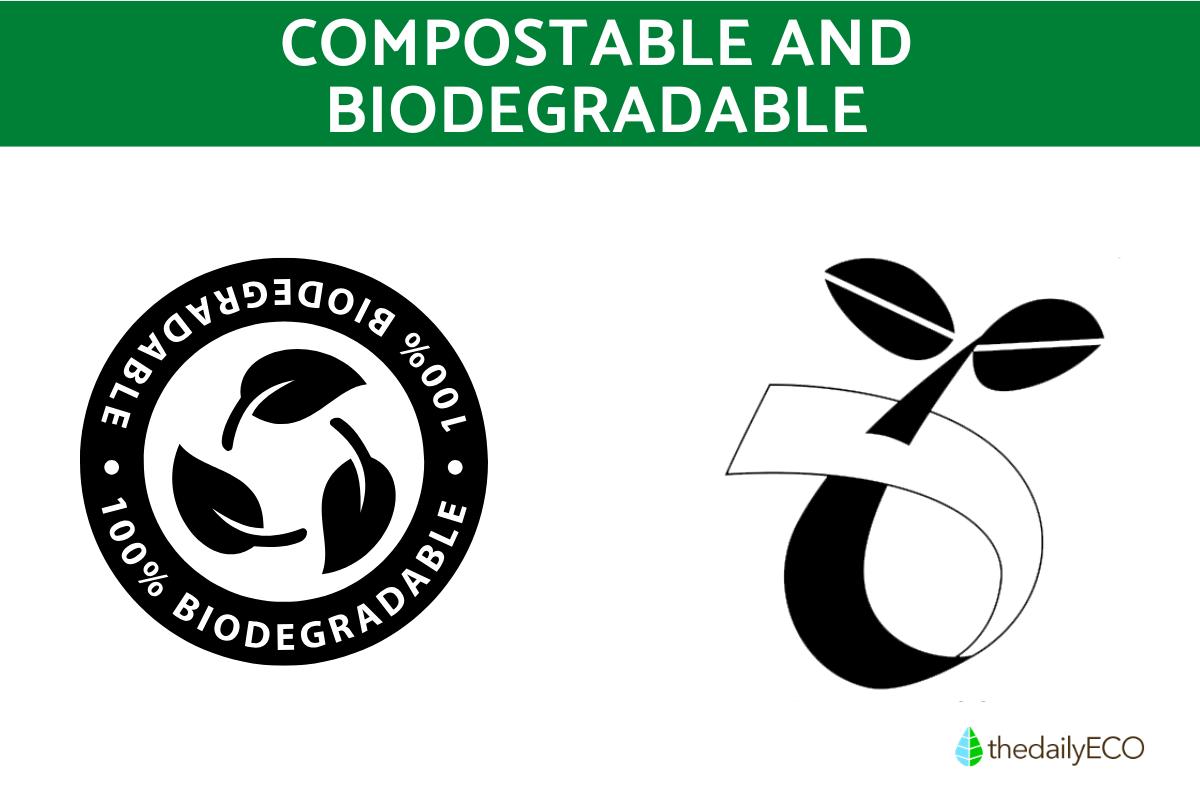What Do the 7 Recycling Symbols Mean?

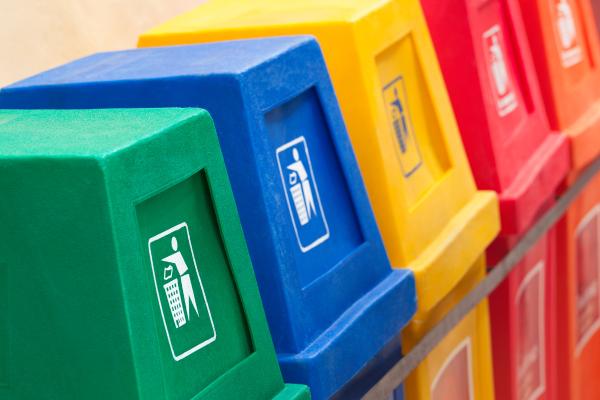
Those small recycling symbols found on plastic bottles, packaging, and containers serve a crucial purpose: they indicate the material composition and provide guidance for proper disposal and recycling. While these markings are essential for waste reduction, the variety of recycling codes can often lead to confusion.
This article by thedailyECO explores what are the 7 most common recycling symbols. We will also break down their meanings, explaining the specific types of materials they represent.
Universal recycling symbol (Möbius loop)
The Universal Recycling Symbol, or Möbius Loop, is the famous three-arrow triangle you see on many products. Created in 1970 by college student Gary Anderson, this green or black symbol is now recognized worldwide.
When you see this symbol on packaging, it usually means one of three things: the item is made from recycled materials, it can be recycled, or both. Sometimes you'll see a percentage inside the triangle, which tells you how much recycled material was used to make the product.
Here's the tricky part, just because something has this symbol doesn't mean you can put it in your home recycling bin. The symbol only shows that the material could technically be recycled somewhere, not that your local program accepts it. To avoid wishful recycling, always check what your local service actually takes.

The green dot symbol
The Green Dot symbol features two green arrows forming a circle, and is often confused with the Universal Recycling Symbol. However, they mean very different things.
This symbol doesn't actually indicate that a package is recyclable. Instead, it shows that the company that made the product has paid money into a recycling program. The Green Dot system began in Germany in 1991 as "Der Grüne Punkt" and has since spread throughout Europe.
In countries using this system, companies pay a fee to put this symbol on their packaging. This money helps fund collection, sorting, and recovery of packaging waste. Think of it as a financial contribution to recycling infrastructure rather than a statement about the package itself.
Many American consumers misunderstand this symbol when they see it on imported products. If you're in the United States, Canada, or other non-European countries, this symbol has no official meaning for your local recycling programs.
The Green Dot is essentially a funding mark, not a recycling instruction. Always check your local guidelines to determine if an item can be recycled in your area, regardless of whether it bears this symbol.
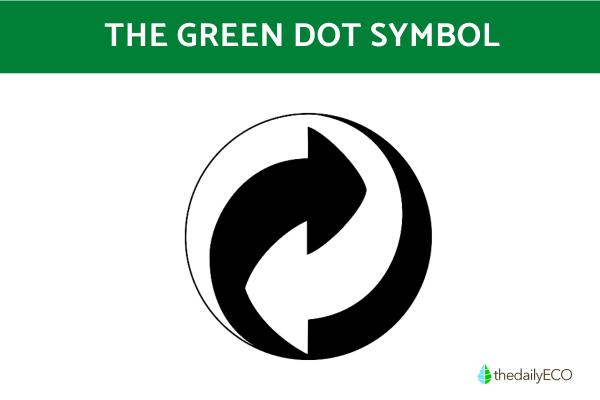
Tidyman symbol
The Tidyman symbol shows a simple stick figure dropping an item into a waste bin. You've probably seen this straightforward black silhouette on packaging, public spaces, and various products.
Unlike recycling symbols, the Tidyman doesn't indicate that something is recyclable or made from recycled materials. Its message is much simpler: "Please dispose of this properly." It's basically a polite reminder not to litter.
Created in the 1960s by the UK organization "Keep Britain Tidy," the symbol has since been adopted worldwide as a universal anti-littering message that works across language barriers. Its simple design makes it instantly recognizable even to young children.
The Tidyman appears most often on items that are meant for on-the-go consumption, like snack wrappers, fast food packaging, and beverage containers. In other words, it is intented for products that people might be tempted to drop on the ground when finished.
While it doesn't provide specific disposal instructions, the Tidyman symbol promotes responsible waste management by encouraging people to use designated trash bins rather than discarding items in the environment.
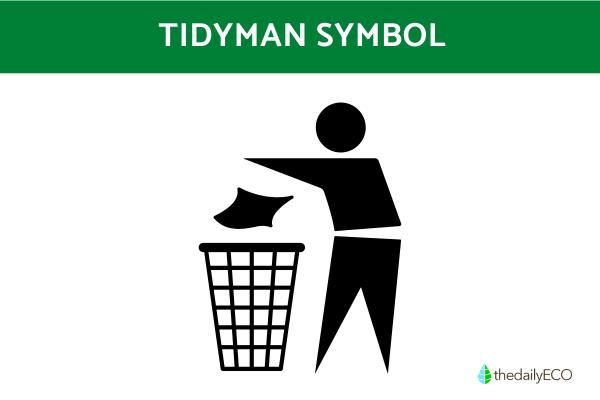
Resin Identification Codes (RICs)
The numbered triangles you see on plastic items are called Resin Identification Codes (RICs).
These small numbers inside a triangle of arrows (1-7) tell you what type of plastic the item is made from, which helps determine if and how it can be recycled.
Created in 1988 by the plastics industry, these codes weren't originally designed for consumers but for recycling facilities to sort materials. Today, they've become an important recycling guide for households too.
Here's what each number means:
- PET or PETE (Polyethylene Terephthalate): water bottles, soda bottles, and food containers. Widely recycled.
- HDPE (High-Density Polyethylene): M¡milk jugs, detergent bottles, and toys. Highly recyclable.
- PVC (Polyvinyl Chloride): pipes, siding, and some food wraps. Rarely accepted in curbside programs.
- LDPE (Low-Density Polyethylene): plastic bags, squeeze bottles, and some food wraps. Limited recyclability.
- PP (Polypropylene): yogurt containers, medicine bottles, and bottle caps. Increasingly recyclable.
- PS (Polystyrene): foam food containers, egg cartons, and disposable cups. Difficult to recycle.
- Other: mixed plastic types or newer plastics like bioplastics. Usually not recyclable curbside.
The major confusion about these symbols is that seeing a number doesn't guarantee recyclability. Your local program might only accept certain numbers, and even then, factors like color, shape, and cleanliness matter.
Curious about what materials hide behind those numbered triangles? Dive deeper into our article explaining the different polymer types and their unique properties.
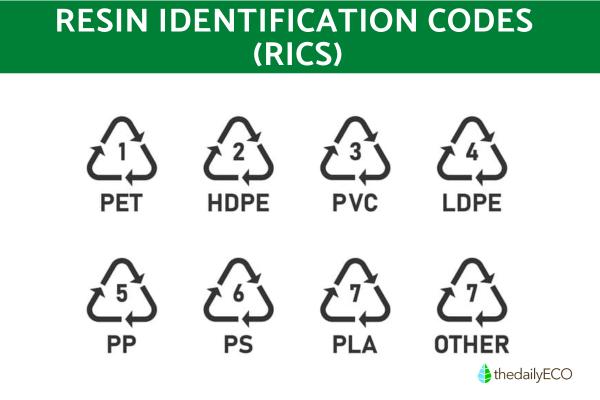
Compostable and biodegradable symbols
Compostable and biodegradable symbols appear on products that break down naturally over time. Unlike recycling symbols, these indicators focus on how materials decompose rather than how they can be processed and reused.
The most common compostable symbol shows a plant sprouting from soil or features a triangle with rounded corners containing a seedling. When you see this symbol, it means the product will break down into non-toxic components (water, carbon dioxide, and biomass) when properly composted.
Meanwhile, the biodegradable symbol (often displaying the word "Biodegradable" with a leaf or tree) indicates the product will eventually break down through natural processes, but doesn't specify how long it takes or what conditions are needed.
The biggest misconception is that biodegradable and compostable mean the same thing. Biodegradable simply means something will eventually break down. However, it could take years and might leave behind microplastics. Compostable items break down completely into beneficial soil components within a specific timeframe.
Keep in mind that these symbols don't mean you can litter. These materials only decompose properly under the right conditions.
While recycling symbols help you sort plastics and metals, do you know how to properly handle banana peels and coffee grounds? Explore our comprehensive guide to managing biodegradable materials.
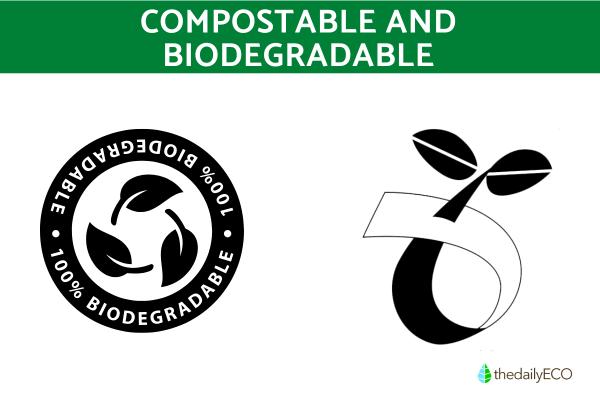
Electronic waste symbol
The Electronic Waste symbol shows a crossed-out wheeled garbage bin. It is supposed to be a simple but important warning that the device should not go in your regular trash. You'll find this symbol on computers, TVs, cell phones, batteries, and other electronic equipment.
This symbol became widely used after the European Union introduced the Waste Electrical and Electronic Equipment (WEEE) Directive in 2002, which made it mandatory on electronic products sold in EU countries. Today, it appears on electronics worldwide.
Electronic devices contain materials that can be harmful to the environment if they end up in landfills. These include lead, mercury, and flame retardants. These substances can leak into soil and water supplies. Many electronics also contain valuable materials like gold, copper, and rare earth metals that can be recovered and reused.
When you see this symbol, it means you should take the item to a dedicated e-waste collection point. Many retailers, local governments, and electronics manufacturers offer take-back or drop-off programs. Some even provide mail-back options or hold collection events. Proper e-waste recycling not only prevents pollution but recovers valuable resources that would otherwise be lost.
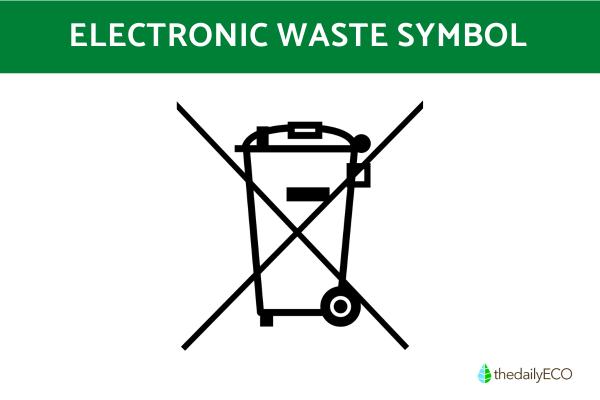
Aluminum recycling symbol
The Aluminum Recycling Symbol consists of a triangle of arrows (similar to the universal recycling symbol) with "ALU" or the number "41" inside it. Sometimes it appears with both identifiers. The symbol is commonly found on aluminum cans, foil, and other aluminum packaging.
Aluminum is one of the most valuable and efficiently recycled materials worldwide. Unlike many other materials, aluminum can be recycled indefinitely without losing quality, making it a perfect example of a closed-loop recycling system. A recycled aluminum can may return to store shelves as a new can in as little as 60 days.
The symbol helps recycling facilities and consumers identify aluminum products for proper sorting. Aluminum is particularly important to recycle because producing new aluminum from raw materials requires approximately 95% more energy than producing it from recycled materials.
When you see this symbol on cans, foil, or trays, it indicates that the item should be placed in recycling bins. Most curbside programs accept aluminum products, making this one of the most straightforward materials to recycle correctly.
For best recycling practices, aluminum containers should be emptied and rinsed, though perfect cleanliness isn't required.
Want to know how innovative businesses are moving beyond recycling to create truly sustainable systems? Explore our in-depth look at waste-free economic models transforming industries.
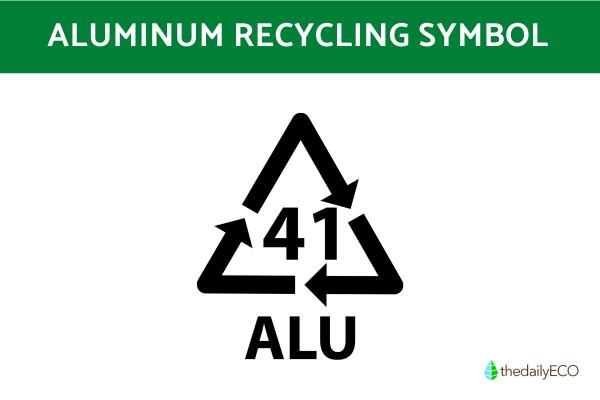
If you want to read similar articles to What Do the 7 Recycling Symbols Mean?, we recommend you visit our Recycling and waste management category.







